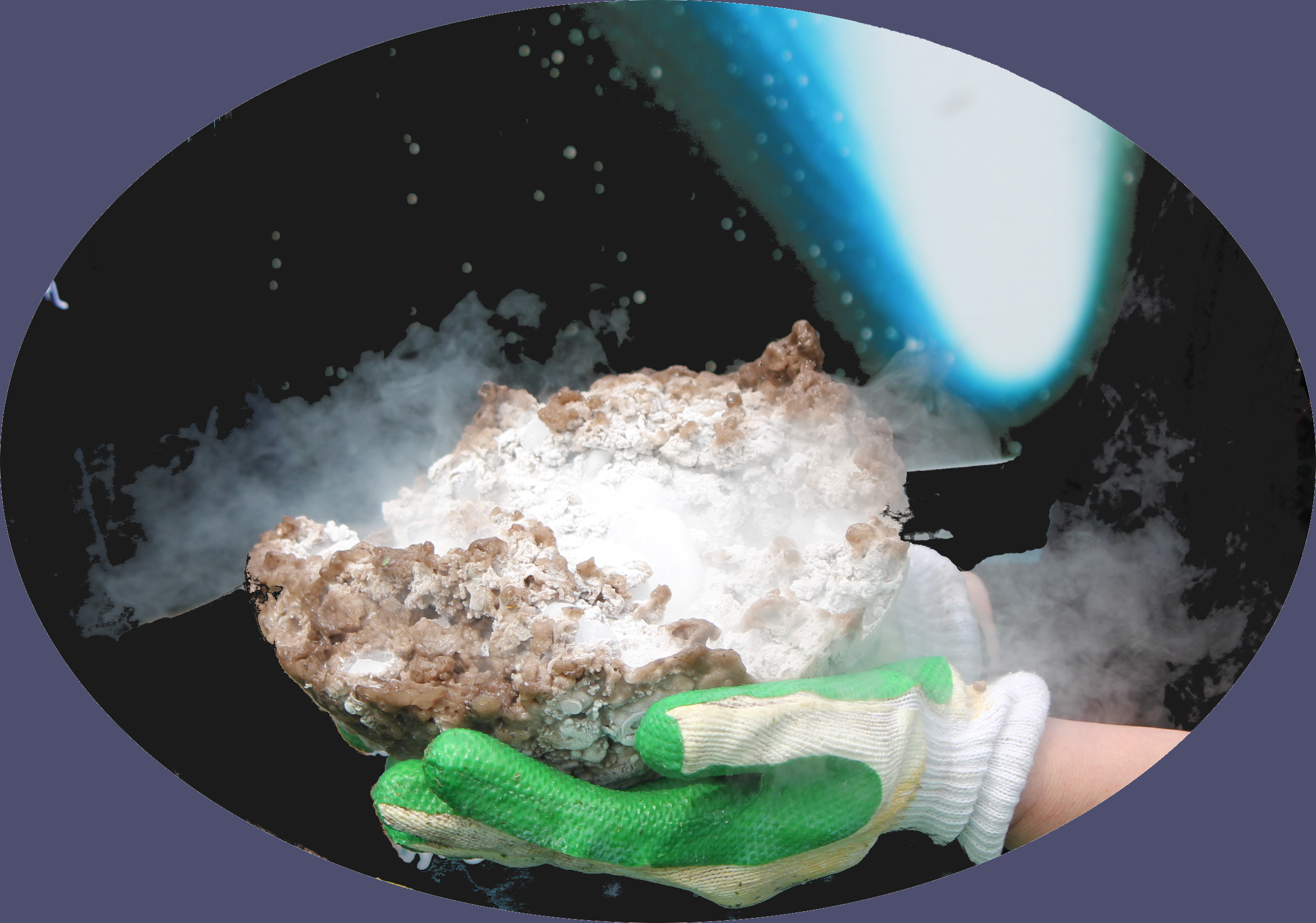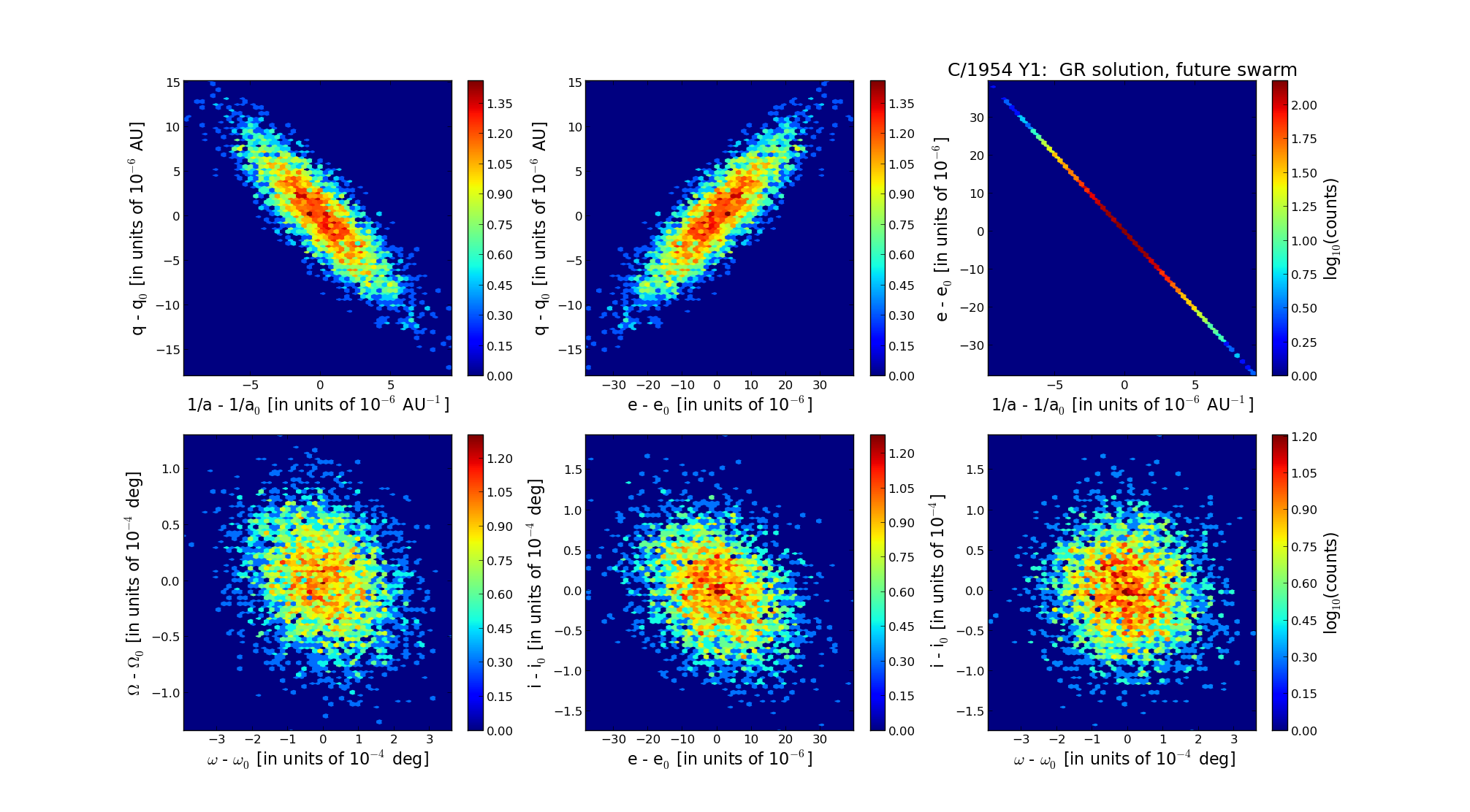| Solar System Dynamics & Planetology Group |
 |
C/1954 Y1 Haro-Chavira |  |
| Solar System Dynamics & Planetology Group |
 |
C/1954 Y1 Haro-Chavira |  |
| number of observations | 97 |
| number of residuals | 181 |
| data interval | 1955 Jan. 13 — 1958 May 15 |
| rms [arcsec] | 0.98 |
| orbit quality class | 1a |
| Epoch (TT) | 19560108.0 | = JD 2435480.5 |
| time of perihelion passage (TT) | 19560126.665126 | ± 0.000797 |
| perihelion distance | 4.07687153 | ± 0.00000441 |
| eccentricity | 1.00466934 | ± 0.00001072 |
| argument of perihelion [deg] | 57.297597 | ± 0.000103 |
| longitude of the ascending node [deg] | 72.872267 | ± 0.000037 |
| inclination [deg] | 79.599992 | ± 0.000048 |
| inverse semimajor axis [10-6 au-1] | -1145.32 | ± 2.63 |

| Epoch (TT) | 16520210 | |
| time of perihelion passage (TT) | 19560127.139328 | ± 0.000816 |
| perihelion distance | 4.07097096 | ± 0.00000452 |
| eccentricity | 0.99984448 | ± 0.00001082 |
| argument of perihelion [deg] | 57.447014 | ± 0.000104 |
| longitude of the ascending node [deg] | 72.821449 | ± 0.000037 |
| inclination [deg] | 79.681137 | ± 0.000048 |
| inverse semimajor axis [10-6 au-1] | 38.20 | ± 2.66 |

| Epoch (TT) | 22561220 | |
| time of perihelion passage (TT) | 19560127.267825 | ± 0.000808 |
| perihelion distance | 4.07269187 | ± 0.00000450 |
| eccentricity | 1.00093116 | ± 0.00001082 |
| argument of perihelion [deg] | 57.209560 | ± 0.000105 |
| longitude of the ascending node [deg] | 72.861102 | ± 0.000037 |
| inclination [deg] | 79.680979 | ± 0.000048 |
| inverse semimajor axis [10-6 au-1] | -228.63 | ± 2.66 |